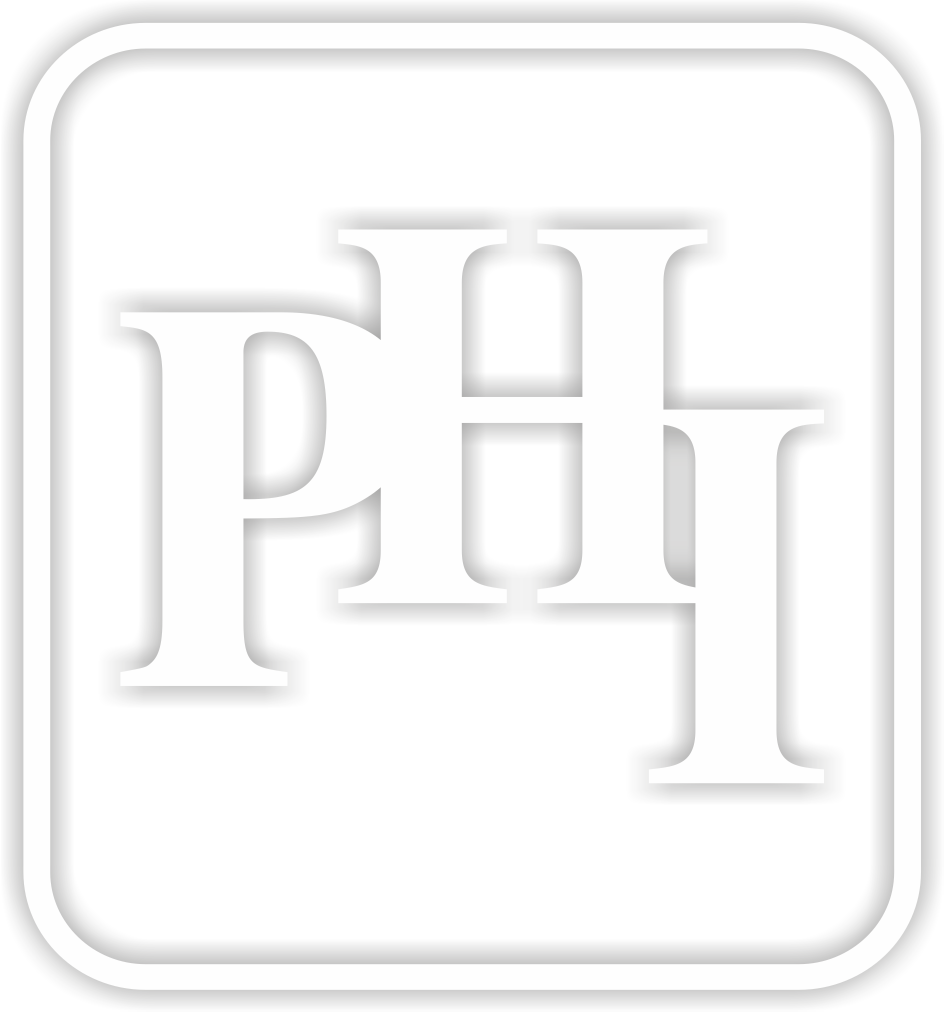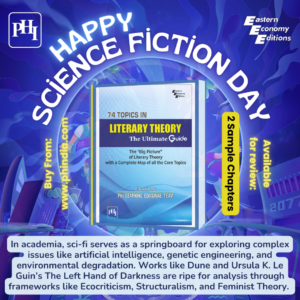As PHI Learning marks its 62nd anniversary, we find ourselves not only celebrating our historic legacy but also looking confidently to the future—a future shaped by innovation, driven by learning, and rooted in the advancement of education. As we turn this page in our story, we do so with a singular vision: to continue building a world where knowledge is never out of reach, and education is always evolving.
Built upon a legacy…
PHI Learning’s story began in the post-independence era, when India’s aspiration for self-reliance was mirrored in every institution it sought to build. In the 1950s and 1960s, India’s booming higher education sector faced a severe shortage of affordable academic material. Foreign textbooks, often prohibitively priced, created barriers for Indian students. PHI emerged as a solution to this pressing need, founded under the Eastern Economy Editions (EEE) imprint—part of a visionary US-India educational collaboration.
This initiative, supported indirectly by the PL-480 Food for Peace Program, allowed PHI to secure reproduction rights from major US and UK publishers. By using cost-effective production methods, such as economy-grade paper and simple covers, PHI made seminal textbooks accessible to students and educators across India. More than just a publishing venture, the EEE imprint aligned with India’s protectionist trade policies and its mission to educate a generation of scientists, engineers, and professionals who would lay the foundation of modern India.
In this context, PHI Learning wasn’t just printing books; it was shaping futures. It stood at the crossroads of diplomacy, economic strategy, and educational reform, helping India channel its intellectual energy into industrial, agricultural, and technological progress.
From Print to Platforms: Our evolution
Over the decades, PHI Learning has kept pace with India’s evolving academic landscape. From the Green Revolution to the Information Age, we have consistently responded to the call for timely, syllabus-aligned, and contextually relevant textbooks.
Today, our catalogue spans STEM, Social Sciences, Law, Humanities, and Professional Studies, catering to undergraduate, postgraduate, and competitive exam students. Authored by leading academics and enriched with real-life case studies, our titles are both rigorous and practical. In step with the New Education Policy (NEP) 2020, many of our books are bilingual and rooted in Indian examples, ensuring that our content is both inclusive and impactful.
Our more recent titles in Artificial Intelligence, Machine Learning, Industry 5.0, and StartUp Management reflect a publishing house not just responding to trends, but actively shaping discourse in emerging fields. Books such as these appeal to the modern-day learner, one who navigates both physical and digital classrooms, and who seeks content that prepares them for a fast-changing world.
The Future Of Publishing…
It is said we now live in the age of AI—an era marked by transformative technologies and rapid shifts in how we create, consume, and apply information. But at PHI Learning, we see beyond the novelty of algorithms and automation. We see the human intellect that fuels these machines. And at the heart of that intellect lies education.
In a world of changing platforms—from printed pages to digital tablets, from eBooks to virtual reality classrooms—the need for structured, scholarly knowledge remains constant. The essence of academic publishing is not the medium but the message: well-researched, peer-reviewed, and carefully curated knowledge that enables innovation.
AI tools may assist in book design, editorial workflows, and marketing analytics—but the foundation of this industry will always be authors, editors, educators, and students. As AI accelerates production and personalization, publishers like PHI Learning must continue to ensure that accuracy, ethical standards, and academic depth remain intact. We embrace these tools, not to replace human expertise, but to enhance it.
From AI-assisted editorial workflows to voice-enabled audiobooks, from predictive analytics in marketing to intelligent recommendation engines, we are integrating modern technology into our publishing processes while holding steadfast to our purpose: to offer affordable, accessible, and academically rigorous resources.
Honouring the Past, Celebrating the Future
As we commemorate 62 years of PHI Learning, we are proud of the legacy we have built—but we are even more energized by the horizon ahead. The world of academic publishing is undergoing profound change, but its purpose remains unchanged: to record, preserve, and disseminate knowledge.
Education is a futuristic field. There can be no innovation, no advancement of civilization, no societal progress without textbooks, scholarly publications, and the institutions that uphold them. In this way, publishers are not just part of the educational ecosystem—they are its stewards.
We believe the next 62 years will be defined by:
- Futuristic learning environments, where AI and immersive tech personalize education.
- Greater inclusivity, with bilingual and vernacular resources for underrepresented learners.
- Stronger academic-industry collaboration, ensuring relevance and employability.
- Digital-first strategies, bringing PHI Learning content to smartphones, tablets, and beyond.
And yet, even as we embrace these developments, our values remain the same. The PHI Learning of tomorrow will still be rooted in quality, affordability, and trust—the very pillars upon which we were founded.
A Word of Gratitude
No anniversary would be complete without acknowledging those who made it possible. To our authors—thank you for your brilliance. To our editors—thank you for your dedication. To educators and institutions across India—thank you for your trust. And to our readers—students, scholars, and curious minds—thank you for making PHI Learning part of your journey.
We are proud of our past. We are committed to our present. And we are inspired by the future.
Here’s to 62 More
As we raise a toast to 62 years of bridging knowledge and nation-building, we do so with the conviction that the best is yet to come. Academic publishing will evolve. The platforms will change. But the core of what we do—the pursuit of knowledge, the joy of learning, and the impact of education—will remain timeless.
At PHI Learning, we are not just publishing books. We are shaping futures.
Happy 62nd Anniversary to all who are part of this extraordinary journey.

